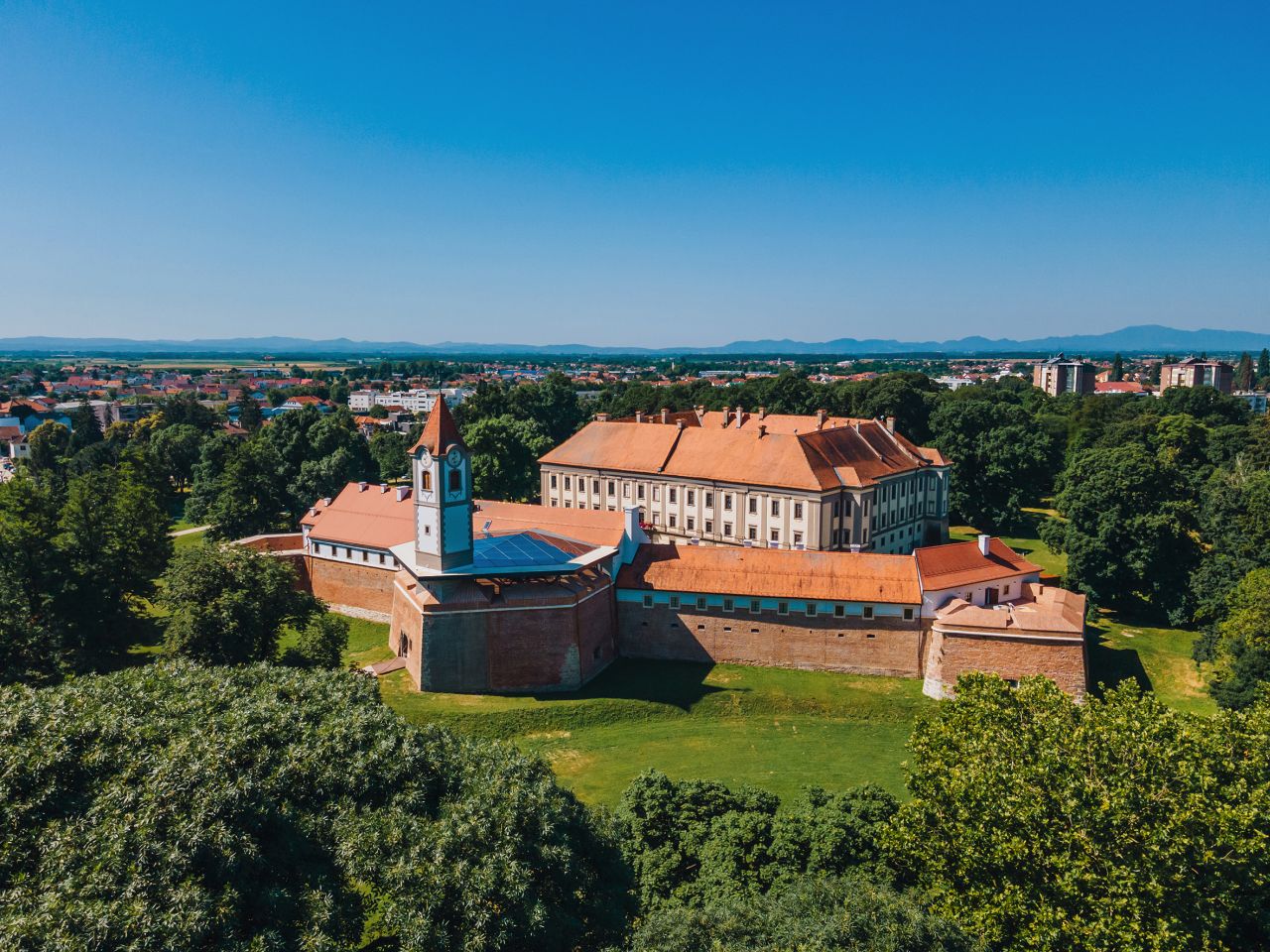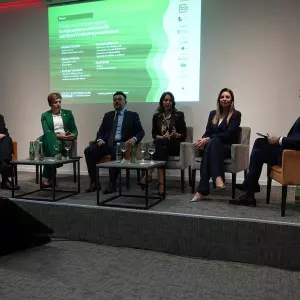Turistička zajednica Međimurske županije dala si je u zadatak osigurati jednaki tretman zdravog i gosta s invaliditetom, partner je trogodišnjeg projekta CE Spaces4All iz programa Interreg Central Europe.
Biti osoba s invaliditetom u Hrvatskoj nije lako. Štoviše, iako ćemo uskoro proći četvrtinu 21. stoljeća, država čiji se proračun oslanja na turizam, još uvijek uglavnom nema, čast izuzecima, infrastrukturu prilagođenu osobama s invaliditetom, kako bi ih učinila ravnopravnim građanima, a kakvi bi po zakonu trebali biti. Pa osim što su im nedostupne brojne javne institucije, ništa veći senzibilitet nemaju ni turističke destinacije, što se tiče hotela, prilaza kupalištima i šetnicama, ugostiteljskim objektima, sportskim i kulturnim sadržajima…
Rampe za kolica su raritet, vrata na hotelskim sobama su preuska za prolaz u invalidskim kolicima, na kupaonice se puno troši, na mramorne pločice i impozantne tuš kabine, ali ne i na držače za ruke, primjerice, kako bi osoba u invalidskim kolicima mogla samostalno na toalet. Ogledala su visoko, u onoj luksuznoj tuš kabini nema stolice na koju bi sjeli i istuširali se. Na njih se, očigledno je, ne računa, što je ne samo ponižavajuće nego i poražavajuće za društvo u cjelini.
I kako u svakom kukolju ima žita, tako i u ovoj nepravdi ima izuzetaka. Istina, rijetki su, ali moguće da svojim primjerima ponukaju i druge da tretiraju invalidne osobe kao i svakog drugog gosta. Onoga koji je “uvijek u pravu” i koji mora otići zadovoljan sa željom da se vrati, a u međuvremenu i preporuči destinaciju. Nije li to, na početku i na koncu, cilj svakog turističkog djelatnika? Osobito kad se zna, a što bi turistički djelatnici trebali znati, jer pronalaženje novih skupina gostiju i novih turističkih u opisu im je posla, da je samo u Hrvatskoj, prema Izvješću Hrvatskog zavoda za javo zdravstvo o osobama s invaliditetom za 2023. godinu, bila registrirana čak 657.791 osoba s invaliditetom, od čega je najviše njih, 188.623, s oštećenjima lokomotornog sustava. I opet – najviše je njih, gotovo 27.000 invalidizirala cerebralna paraliza i ostali paralitični sindromi.
Pomagala za kretanje, prema izvješću koriste 53.021 osoba. I rijetko će se tko od njih, kao i gosti iz inozemstva s istim sa svojim stanjem i sposobnostima, osjećati dobrodošlo u domaćem turističkom smještaju. Rijetko, jer uz sve njima beskorisne smještaje, ima i svijetlih primjera, od kojih svakako valja izdvojiti Međimurje, kao rijetku destinaciju čija si je županija i njezina turistička zajednica, dala u zadatak osigurati jednaki tretman zdravog i gosta s invaliditetom. Zbog toga je i partnerstvo na trogodišnjem projektu CE Spaces4All iz programa Interreg Central Europe, započeto 2023. godine, bio logičan potez jer objedinjuje dva međimurska cilja – održivost i inkluzivnost. I nisu jedini partner iz Međimurja, tu su i Javna ustanova za razvoj Međimurske županije REDEA, a pridruženi partneri projektu su i Međimurska županije te DOSTI, Društvo osoba s tjelesnim invaliditetom MŽ. Ukupno je partnera 12 iz sedam zemalja Središnje Europe.
Ukupni je budžet projekta veći od 2,6 milijuna eura, u kojemu TZMŽ participira sa 170.100 tisuća eura. Većinu ovog iznosa, 80% sufinancira Europski fond za regionalni razvoj, dok ostalih 20%, odnosno 34.020 eura sufinancira zajednica sama.
Pristupačni turizam omogućuje osobama s invaliditetom samostalno putovanje, ali nedostatak svijesti o njihovim potrebama veliki je problem. Projekt CE-Spaces4All, čiji je osnovni cilj unaprijediti pristupačan turizam za osobe s invaliditetom u ruralnim pograničnim regijama srednje Europe, povezuje javna tijela, turistički sektor i osobe s invaliditetom kako bi se poboljšalo upravljanje za pristupačniji turizam. Partneri razvijaju digitalni alat za mapiranje prepreka u ruralnim regijama i daju im zajedničku strategiju i lokalne akcijske planove za bolju integraciju pitanja pristupačnosti u teritorijalno planiranje.













